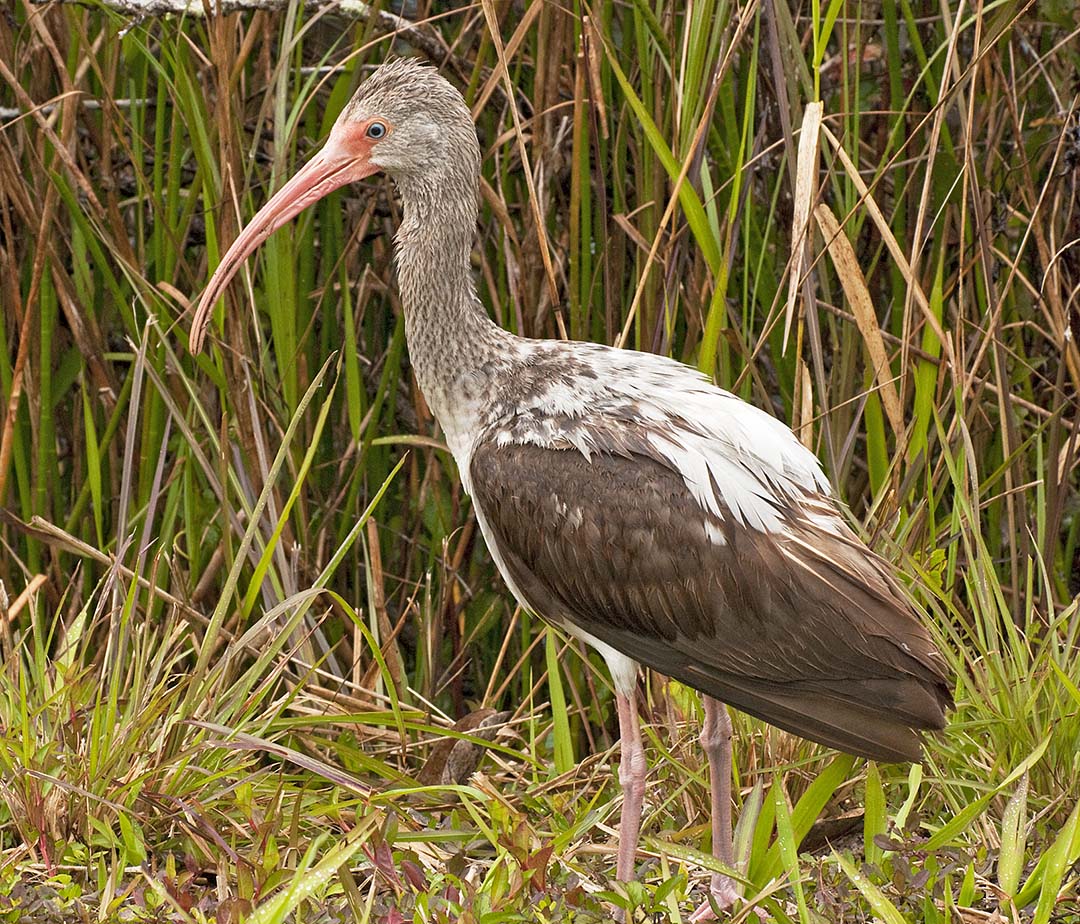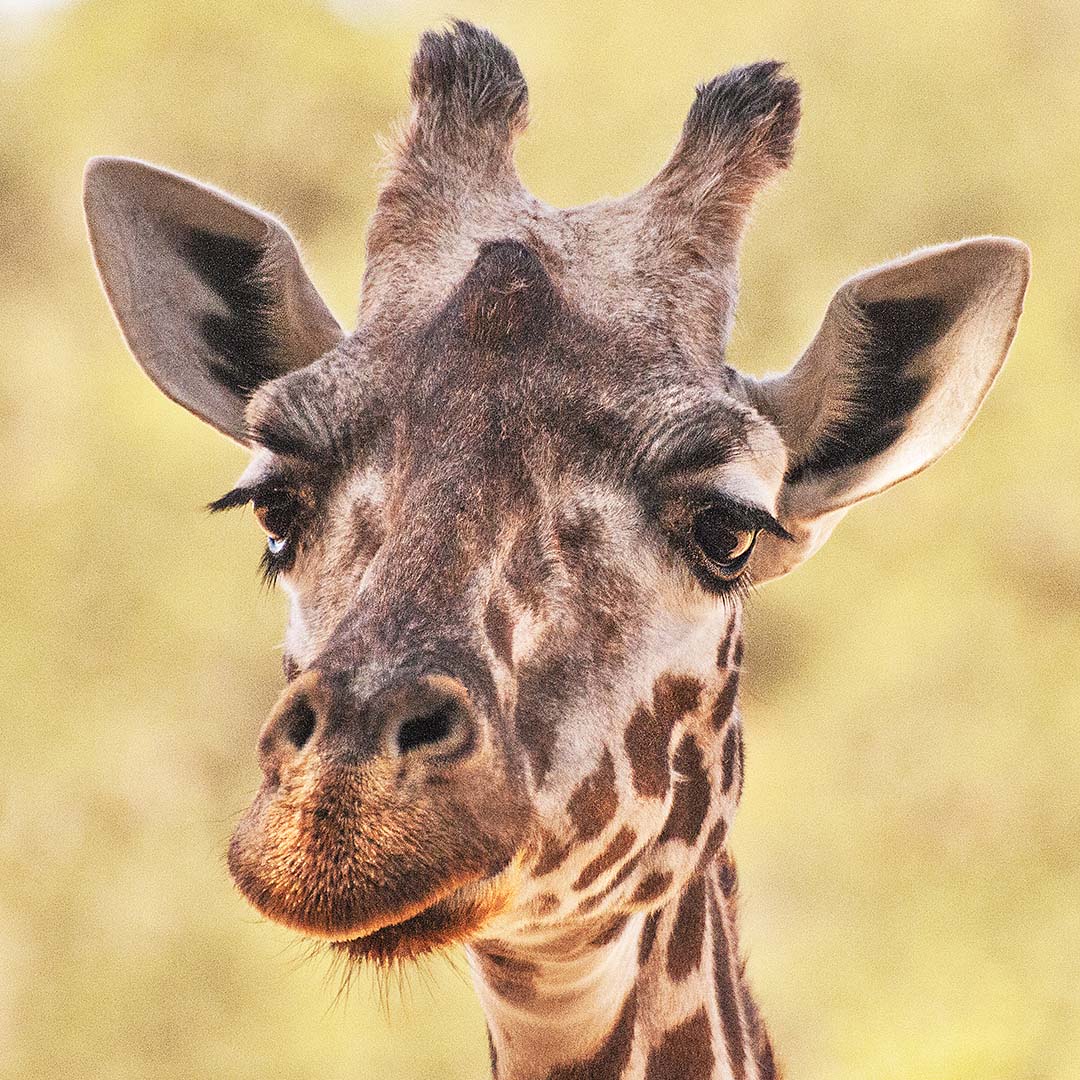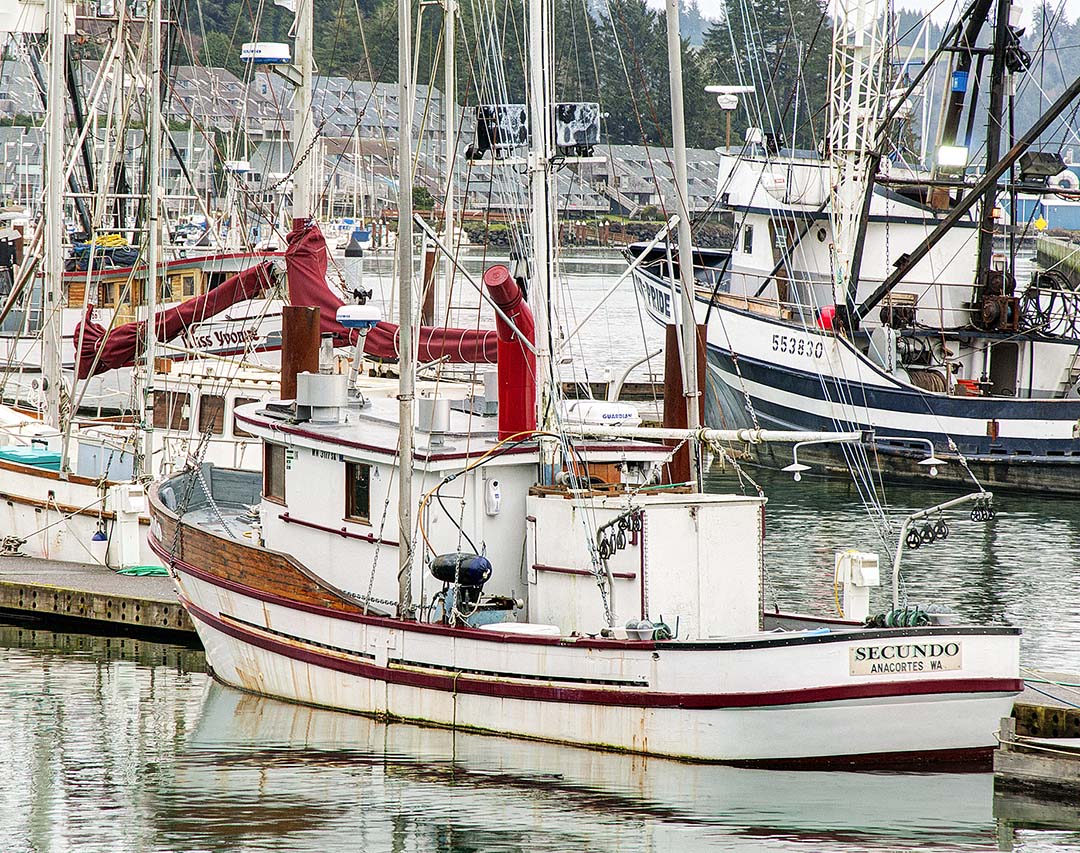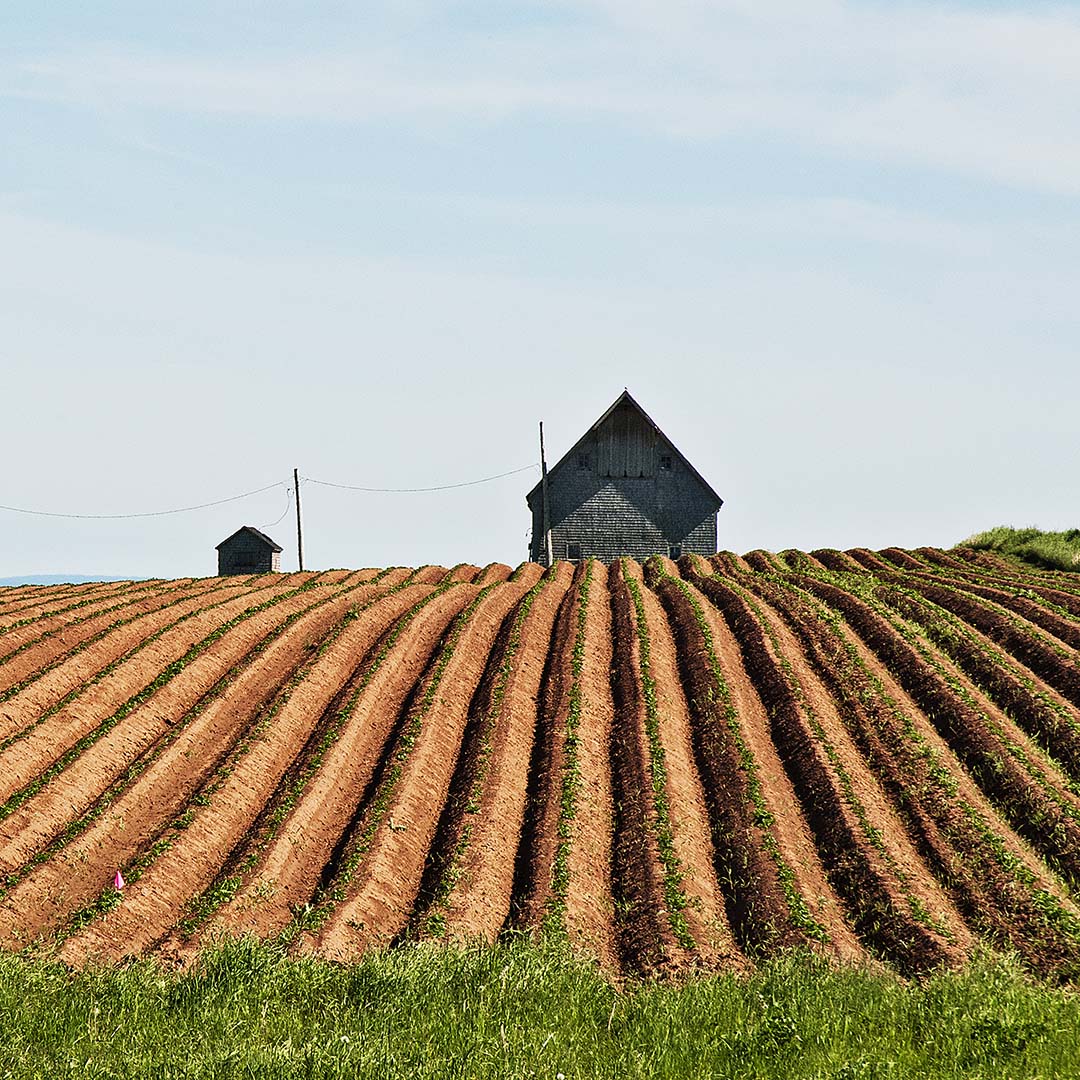|
The Glossy Ibis is about 20 inches tall with a wingspan of about three feet. It has a long, dark gray bill that is curved downward. It is thought to have originated in Africa and spread to the Caribbean in the 19th century. It uses its long bill to find insects and crayfish deep in the mud. I found this ibis on a hike along the shoreline of Pine Key, near Key West, Florida.
South Florida is a perfect location for wildlife photography. Watch out for the alligators and the crocodiles. Five issues of Photograph America cover almost all of the Florida Coastline. Most large cities and many medium-sized cities in the United States have a zoo. There are over twenty-five in the state of California, and over 2,500 zoos spread across the country. Do an Internet search to find the best zoos in your area. I have visited several zoos recently to expand my wildlife photo collection and to take note of some tips that may help you with your photography at the zoo.
There has been a dramatic change in the way wildlife at zoos are housed, displayed and cared for. Some zoos are focusing on and doing outstanding work at restoring endangered species with breeding programs and returning virtually extinct wildlife to environments that are being cleaned up and preserved. Zoos used to have long rows of cages keeping their animals “behind bars.” New zoos have been totally redesigned to resemble their animal’s natural habitats. Half-way down the coast of Oregon and thirteen miles south of Depoe Bay is one of the largest harbors on the Oregon Coast. The large Newport fishing fleet can be reached from the north end of the bridge over the Yaquina River. Turn right off Highway 101 at the last exit before reaching the Newport Bridge. The road loops under the bridge. Take the first right onto SW Naterlin Drive and follow it to Bay Boulevard that drops to the edge of the Newport Harbor.
At the end of cannery row, fishing boats can be seen from the sidewalk for another half mile up the river. My 24-120 mm lens was the perfect focal length for boats tied up to floating piers. The barking sounds you’ll hear around this harbor are the sea lions sunning themselves on floating piers. Along Route 16 on the north shore of Prince Edward Island’s Points East Coastal Drive, I found miles of potato fields. Many of the forests on PEI have been cleared and planted with potatoes. PEI grows 25% of Canada’s potatoes. At the extreme northeastern tip of Prince Edward Island is East Point Lighthouse. The edge of the parking lot drops to the surf. You can climb a series of ladders to the lamp at the top of the lighthouse after photographing the exterior. Morning light works best here. If you are staying in Charlottetown, allow 90 minutes for the drive out to East Point where you can have breakfast in the Light House Café.
|
BlogNotes and images from Bob Hitchman. Archives
July 2024
|




